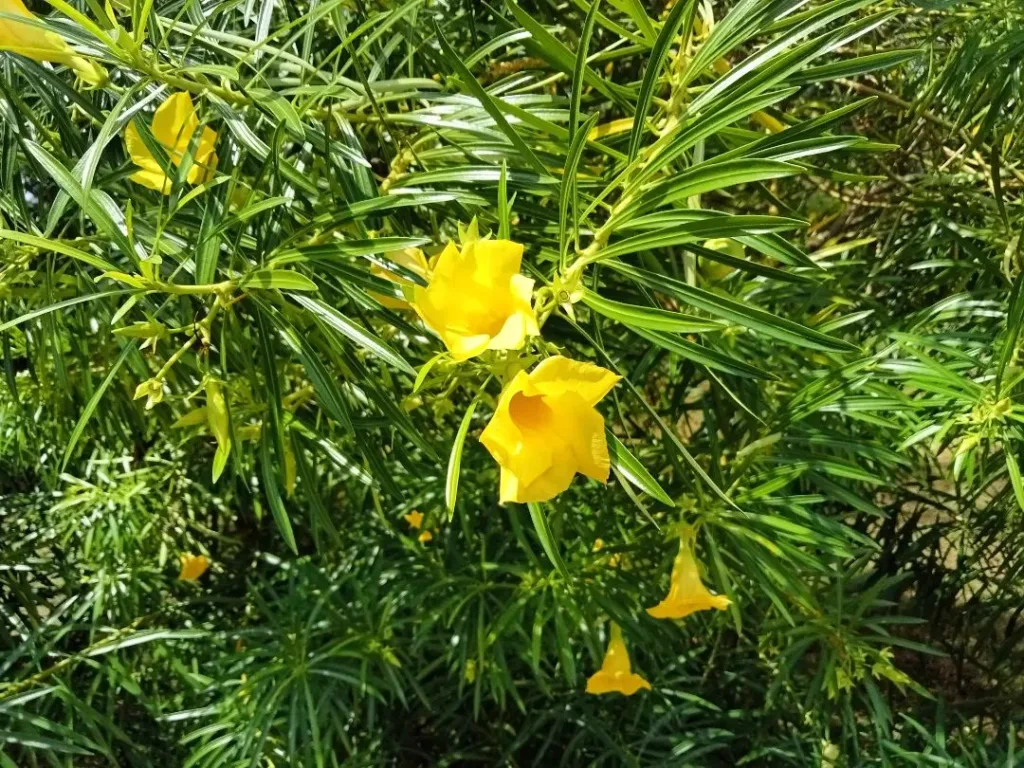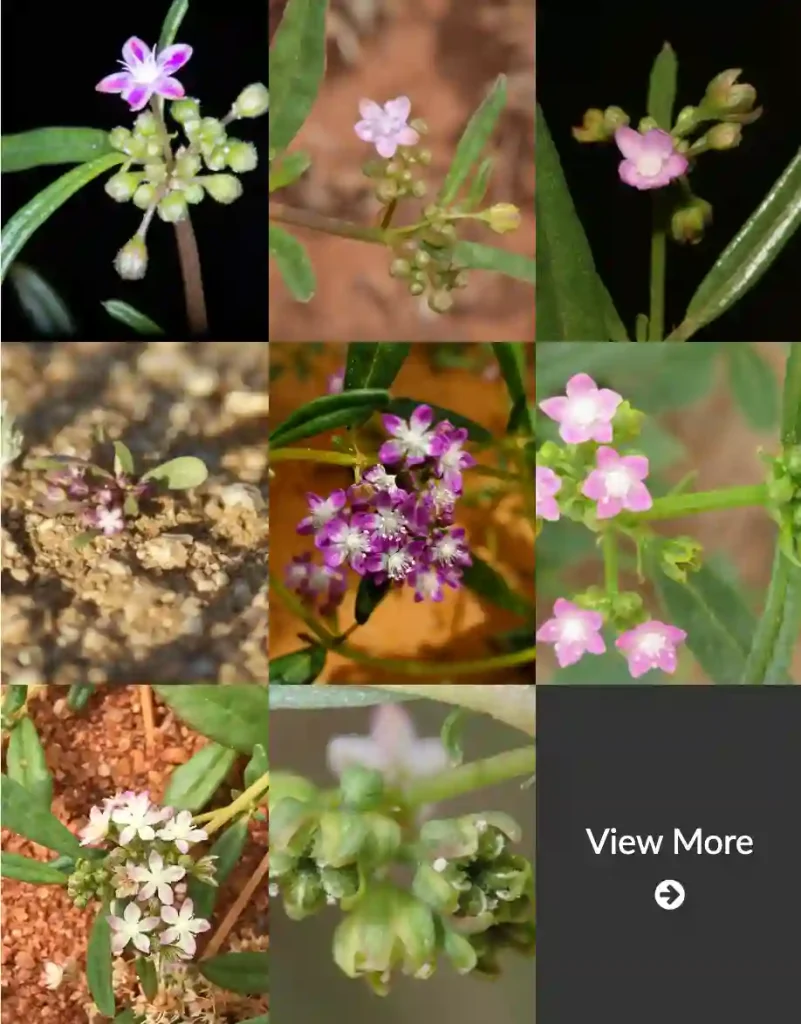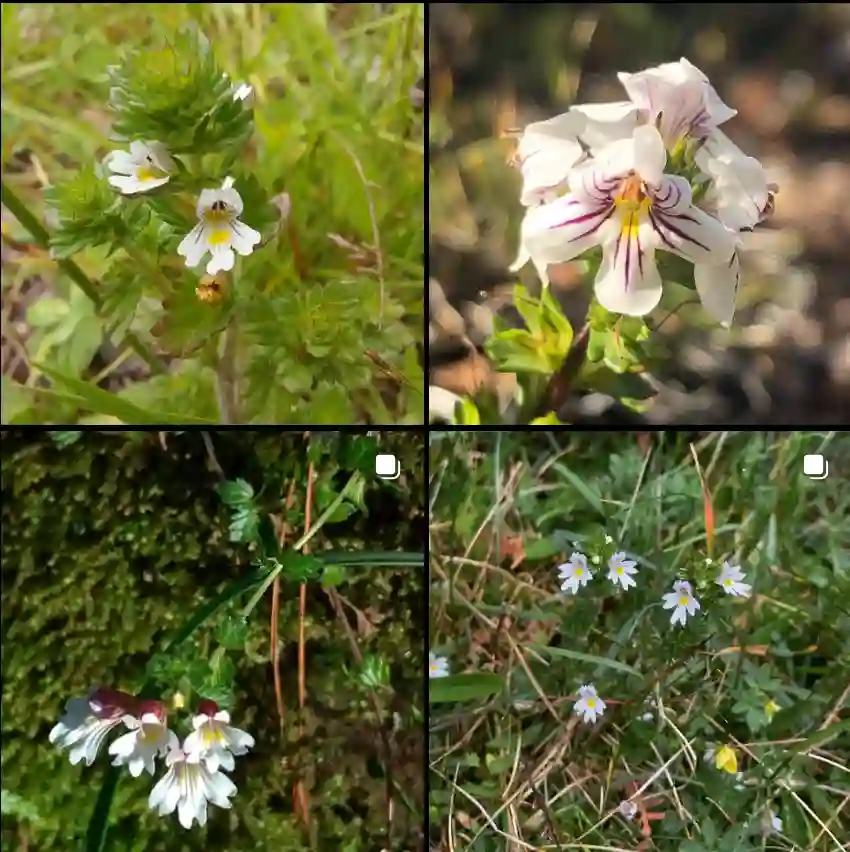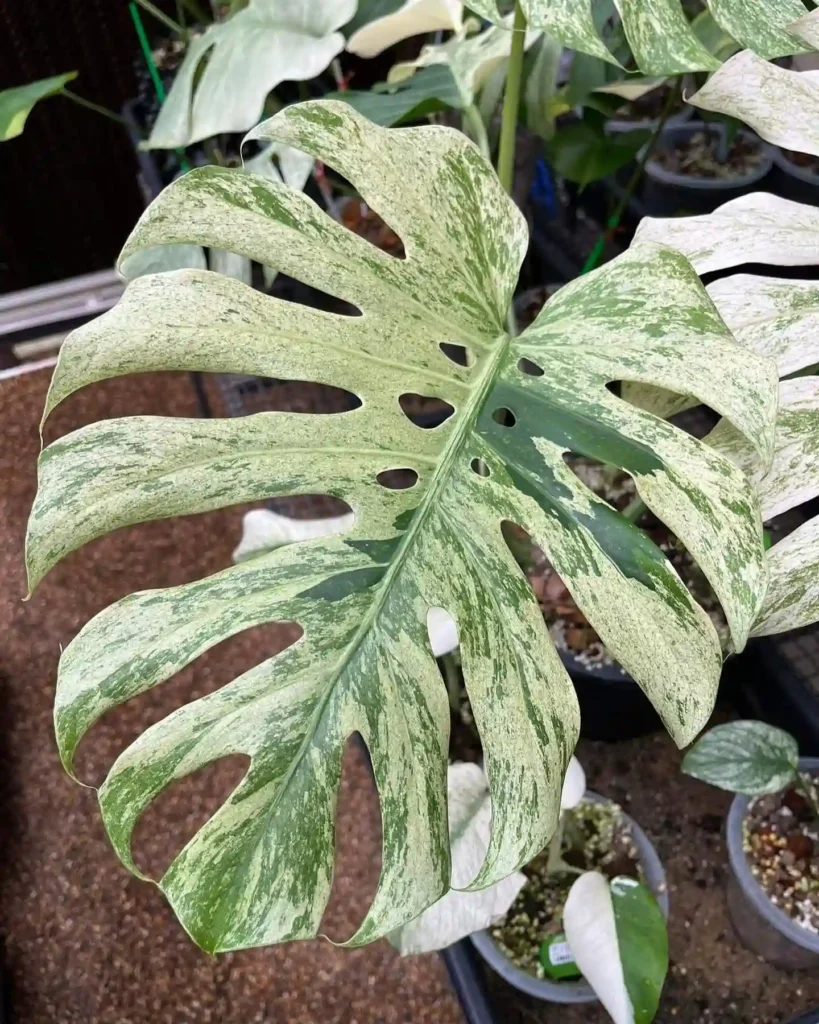What is Spathiphyllum Jessica?
Hi, Ferb Vu here, and today we’re diving into the world of the stunning Spathiphyllum Jessica, also known as the Variegated Peace Lily. This houseplant is a showstopper with its unique foliage and air-purifying qualities. But before you rush out and grab one, let’s explore some frequently asked questions to ensure you can provide the best possible care for your new leafy friend.
59 Species in Genus Spathiphyllum
How to care for Spathiphyllum Jessica?
Light It Up: Keeping Your Spathiphyllum Jessica Happy
Unlike its non-variegated cousin, the Spathiphyllum Jessica thrives in brighter, indirect light. Think dappled sunlight filtering through a sheer curtain. Direct sun can scorch the leaves, so avoid placing it on a south-facing windowsill. East or north-facing windows are ideal. Observe your plant – leggy growth indicates a need for more light, while pale leaves suggest it’s getting too much.
Water Wisely: The Art of Not Drowning Your Spathiphyllum Jessica
Peace lilies are known for their dramatic drooping when thirsty. Don’t panic! This is a tell-tale sign it’s time for a drink. Water thoroughly until water runs out the drainage holes. Avoid soggy soil, as this can lead to root rot. Here’s a helpful trick: Stick your finger into the potting mix. If the top inch feels dry, it’s watering time. During winter, reduce watering frequency as the plant goes dormant.
Humidity Haven: Creating a Tropical Paradise for Your Spathiphyllum Jessica
Spathiphyllum Jessica, like its peace lily brethren, hails from the tropics and craves humidity. Grouping plants together or using a pebble tray filled with water can help raise the humidity levels. Regular misting is also an option, but be mindful of creating a breeding ground for fungal diseases.
Feeding Frenzy: Nourishing Your Spathiphyllum Jessica
A balanced, diluted liquid fertilizer applied once a month during the growing season (spring and summer) is sufficient. During fall and winter, hold off on fertilization as the plant’s growth slows. Remember, less is often more when it comes to feeding houseplants.
Common Concerns: Troubleshooting Your Spathiphyllum Jessica
Brown leaves: This can be caused by underwatering, sunburn, or low humidity. Address the underlying issue and prune off the damaged leaves.
Yellowing leaves: This might indicate overwatering, lack of light, or nutrient deficiency. Check the watering routine, adjust light exposure if needed, and consider fertilizing during the growing season.
No flowers: Peace lilies, including the Jessica variety, are not known for prolific blooming. However, proper care can encourage flowering. Ensure adequate light, consistent moisture, and avoid fertilizing with a fertilizer high in nitrogen, which promotes foliage growth over flowers.
Spathiphyllum Jessica vs. Regular Peace Lily: A Tale of Two Beauties
Both the Spathiphyllum Jessica and the regular Peace Lily (Spathiphyllum Wallisii) are low-maintenance houseplants. However, there are some key differences.
- Variegation: The most striking difference is the foliage. Spathiphyllum Jessica boasts beautiful variegated leaves with creamy white splashes on deep green. The regular Peace Lily features solid green leaves.
- Light Needs: Spathiphyllum Jessica requires brighter, indirect light due to the variegation. Regular Peace Lilies prefer medium to low indirect light.
- Growth Rate: Spathiphyllum Jessica is a slower grower compared to the regular Peace Lily.
Conclusion: Bringing the Beauty of the Spathiphyllum Jessica Home
With its stunning variegated foliage and air-purifying properties, the Spathiphyllum Jessica is a captivating addition to any home. By following these simple care tips, you can ensure your plant thrives for years to come. Remember, the key is providing the right amount of light, consistent moisture, and a touch of humidity. So, embrace the tropical vibes and enjoy the beauty of the Spathiphyllum Jessica!
If i die, water my plants!



